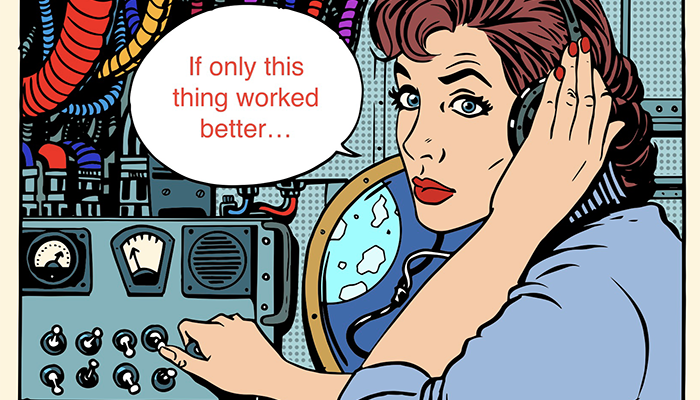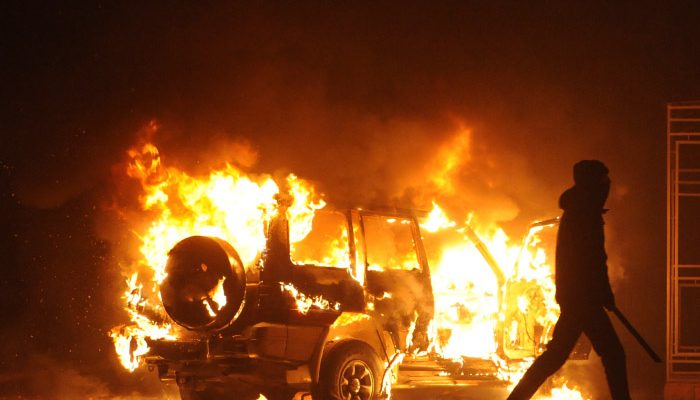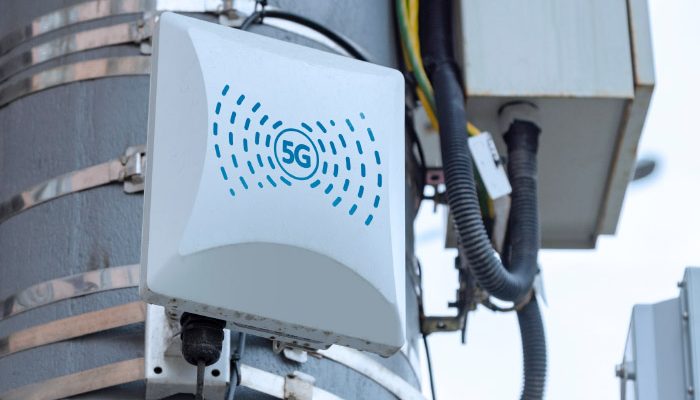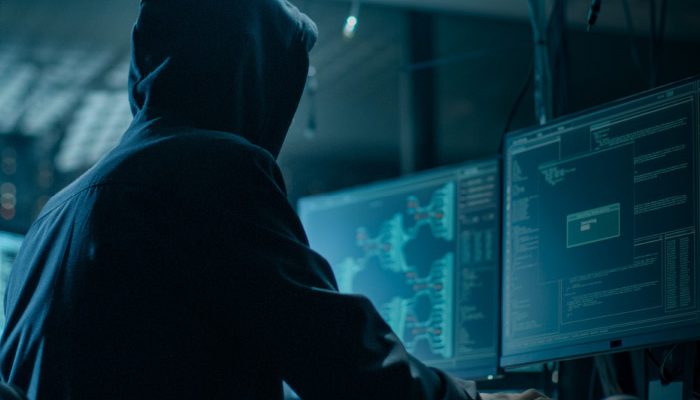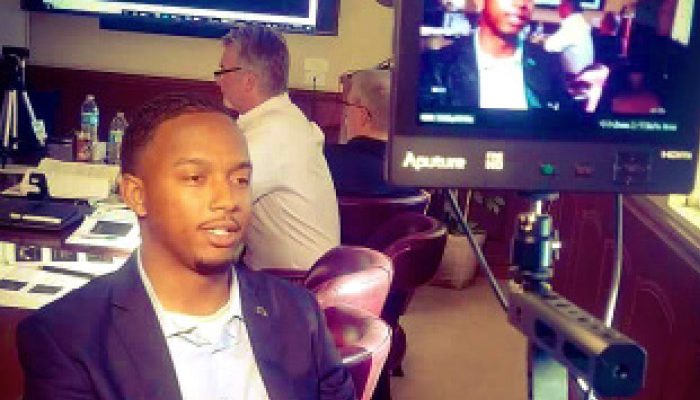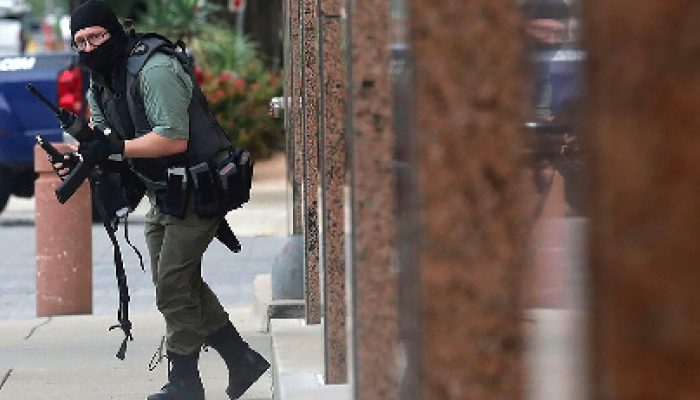In fact I would venture to say that one should almost seek out the experience before pursuing some of those paths. I say this because within the walls of that club you encounter such a vast amount of people, cultures, and potential threats, and to meet all these challenges, the nightclub security professional must be well equipped and prepared physically and mentally. In order to get the best out of these encounters it’s important to understand the skills required, and the skills that are being developed every time you step behind the velvet rope.
Journalist Safety Practice in Hostile Environments
I knew two of the course attendees quite well, even though we hadn’t met in person until that point. The Weinert Brothers—Dennis and Patrick Weinert—are German independent filmmakers, photographers, and authors based in Ho Chi Minh City, Vietnam. Doing my research months in advance of the course, I’d perused their work, watched their films and documentaries, and read their books and articles. As they would discover, research and planning would be something the brothers would be introduced to quite quickly. It was, in essence, the missing link that neither one of them had spotted but was the very thing they were searching for without really knowing it.
Leveraging Technology in Industry Hiring
Increased global connectedness through technology is fast becoming the norm these days. Video conferencing and “face to face” meetings are happening daily in real-time across the world. As an industry that prides itself on having the edge over our adversaries, we are falling below our own standards when it comes to utilizing the technological resources at our availability to their fullest potential.
Kidnap & Ransom – Part two
In the previous issue we walked through what happens in the first hours after a kidnapping, we considered the critical factors relating to the initial contact, and we took a close look at the role of the communicator (see Issue 49). Now, we’re going to move on and look at the financial implications of ransom demands and what factors might impact it.
A Deeper Understanding
a PoC service is like any other client server system that you use. Take Skype as an example that many people will be familiar with. This is what is commonly referred to as a ‘client-server’ application. The Skype app sits on you phone, tablet, laptop or desktop and is in constant communication with the Skype servers out there in the cloud.
Defining Professionalism in the Personal Protection Industry
With global threat levels at an all-time high, there is more work in the security industry now than there ever has been and the security industry is booming, but it’s harder to find work because there are now thousands more so-called ‘qualified’ CPOs chasing after every position.
Working with your dissertation supervisor
A dissertation or research project is normally par for the course on degree programmes. In my experience, it is a source of anxiety for many students and I’m in no doubt that this one module can act as a barrier to undertaking a University degree course.
The Future of Push to Talk Communications
If you are a professional user of traditional ‘push to talk’ two-way radio communications, this will fundamentally change the way you view the use of your radios.
Lessons Learned on Executive Protection Communication.
One important thing to realize is that the principal is the key figure in shaping the culture. Not all principals are the same. I have experience of principals that don’t want to see or hear the protectors.
Establishing Your Career Path in Close Protection
To clarify, the commercial close protection industry is challenging for most people to enter, mainly because it is a very small and ‘cliquey’ world where doors usually open for people if they know the right people. So, to start with, networking is a valuable key to opening the doors.
Surviving Lockdown 3.0
No matter who you are, everyone has been affected by the pandemic, hopefully, all of us out there are surviving but no doubt there will be some that may be struggling more than most.
In the Midst of Chaos
By now many of you have seen the photos and videos of the protestors turned rioters storming the US Capitol on the day of the Congressional Certification.
Behaviors & Anomalies
In the previous article (Baselines of Behavior, Issue 53), we spoke about the four major behaviors: dominant, submissive, comfortable, and uncomfortable. These are the most prevalent and easiest to categorize and I gave you the means to identify each one. However, identifying the behaviors is not our main goal. Creating a baseline of the behaviors and then looking for clusters of anomalies is the goal. These anomalies highlight changes within the individual’s emotional state around a specific topic and can be crucial for us, as security professionals, to identify a threat early enough to counter it.
Communication Planning – Hardware & Technology
It is inevitable if you work within the security sector that at some point, you will have has a radio thrust in your direction for you to use as your primary form of communication.
Yet many of you will not have received any significant training on it, yet this one tool that may just save your life.
In this article, we’re covering some of the things you might have missed.
Nonverbal Communication
There’s something to be said about the art of reading people, especially in the protection industry. The ability to pick up on nonverbal communication is an area where most, if not all, protection practitioners are skilled.
Foot Steps: Episode 3 – Devon Taitt
I believe everyone should spend at least a year working the clubs on the weekends. You will develop your self-awareness, situational awareness, verbal and nonverbal communication skills, and overall confidence. It’s controlled chaos. The perfect training ground.
Turning Habitual Habits into a Positive
Being an instructor for Tony Scotti’s Vehicle Dynamics Institute has forwarded the opportunity to observe how a large section of professionals interact and function from different niches of the industry. Military, transnational EP teams, US based teams, Federal LEO’s or with civilians this theme shows through. Even in the larger training arena the change can be seen as more of the schools are starting to focus on classes or blocks of instruction such as client management and behavioral analysis. The discussion forms are flooded with conversations relating to how to work in a team dynamic. It doesn’t matter if its a 28 day school or a three day school, they will be touching on and teaching these topics.
Shifting the Paradigm
Well, there really isn’t anything fundamentally wrong with this approach, after all, as the saying goes, “if it ain’t broke, don’t fix it.” The trouble is if we continue to do the same thing in the same way we’re in danger of missing opportunities to improve, and surely that’s what we all want to do, become better, more efficient and smarter at what we do.
That’s undoubtedly the maxim I’ve always tried to apply to communications. We embraced digital radio enthusiastically when it first came on the scene 15+ years ago, even though doing so was detrimental to us in the short term, it paid off in the long-run. Many saw it as ‘revolution’ rather than ‘evolution,’ but eventually, it eclipsed its analogue forbear, and those naysayers had no choice but to evolve.
At the Point of Crisis
Many of you will have seen the photo of the Dallas shooter outside of the Federal Building. Now ask yourself if this was your Office, School, or House of Worship how prepared would your company or institution be to recognize the signs of trouble as those Federal Officers did and deny access and ultimately defeat the shooter?







